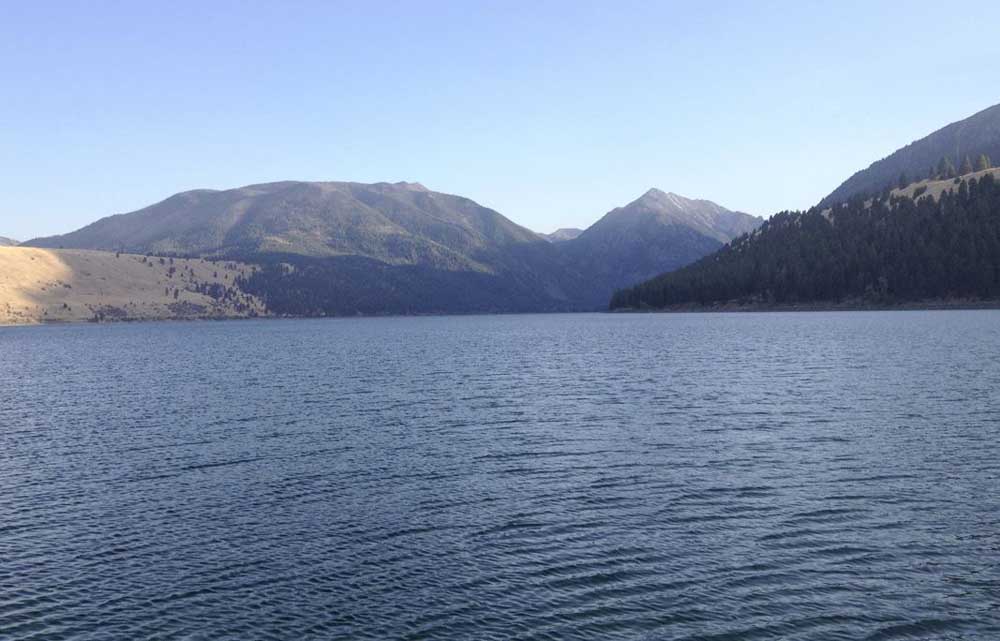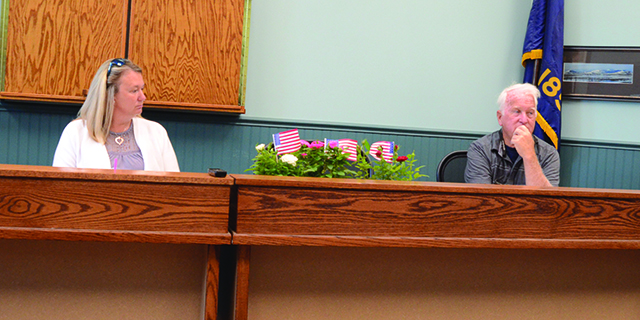Irrigators dissatisfied with Oregon water storage fix
Published 11:55 am Tuesday, February 5, 2019
Farm and irrigation advocates worry that a partial fix to Oregon water storage law may lead to new complications farther down the road.
Last year, a review by state attorneys determined the Oregon Water Resources Department lacks the authority to transfer water storage rights.
This new interpretation meant that OWRD could not longer authorize changing the location of stored water, the point of diversion of stored water or the purpose of stored water, even though it had traditionally permitted such changes.
Under Senate Bill 51, the agency would regain its power to change the purpose of stored water — such as shifting a reservoir from irrigation to municipal use — without addressing its authority over location and points of diversion.
“It’s not the first time people have disagreed about interpreting water law by a long shot,” said Tom Byler, the agency’s director during a recent legislative hearing. “We hope that this is something we can resolve quickly and put us on a path for communities to have the tools to meet their future needs.”
While organizations representing irrigators want to resolve the question of changing the purpose of stored water, they’ve urged the Senate Committee on Environment and Natural Resources against a “piecemeal” approach to straightening out OWRD’s authority over water storage rights.
“We would prefer we take a step back, address the complete issue and only move forward with a solution if it’s comprehensive,” said Mary Anne Cooper, vice president of public policy for the Oregon Farm Bureau.
As irrigators undertake water conservation projects and seismic upgrades to reservoirs, they will need all three ways of transferring water storage rights and not just changing the purpose of storage, she said.
Focusing on fixing only OWRD’s storage purpose authority may lead to additional complications if different standards are developed for changing storage locations and points of diversion, Cooper said.
The Oregon Farm Bureau also disagrees with the Oregon Department of Justice’s legal analysis that water regulators currently lack the statutory authority to transfer water storage rights, she said.
Leaving the issue of water storage right transfers only partially resolved may lead to more litigation and uncertainty for water users, said April Snell, executive director of the Oregon Water Resources Congress, which represents irrigation districts.
Irrigators need all the tools at their disposal to change reservoir locations and make improvements as storage challenges grow, Snell said. “Drought and climate change mean we’re going to have more rain and less snowfall.”
The OWRD hopes to have discussions about other aspects of its water storage authority in the future, but for now the Legislature can move forward regarding storage purpose changes, which are less controversial, said Racquel Rancier, the agency’s senior policy coordinator.
Water storage law is complex and the agency wants to be careful when clarifying its authority over changing storage locations or points of diversion, she said. “We’re concerned about potential unintended consequences that we might not see.”
Changes in storage water purpose are the most common that OWRD has traditionally approved, she said. Since the 1960s, the agency has approved roughly 100 such changes, compared to fewer than 20 changes to points of diversion and fewer than 10 changes in storage location.
Environmental groups, including Trout Unlimited and Waterwatch of Oregon, support approval of SB 51 while leaving negotiations over other water storage provisions for another day.
“Resolution of the other issues should be kept separate and distinct,” said Kimberly Priestley, senior policy analyst for Waterwatch of Oregon.










